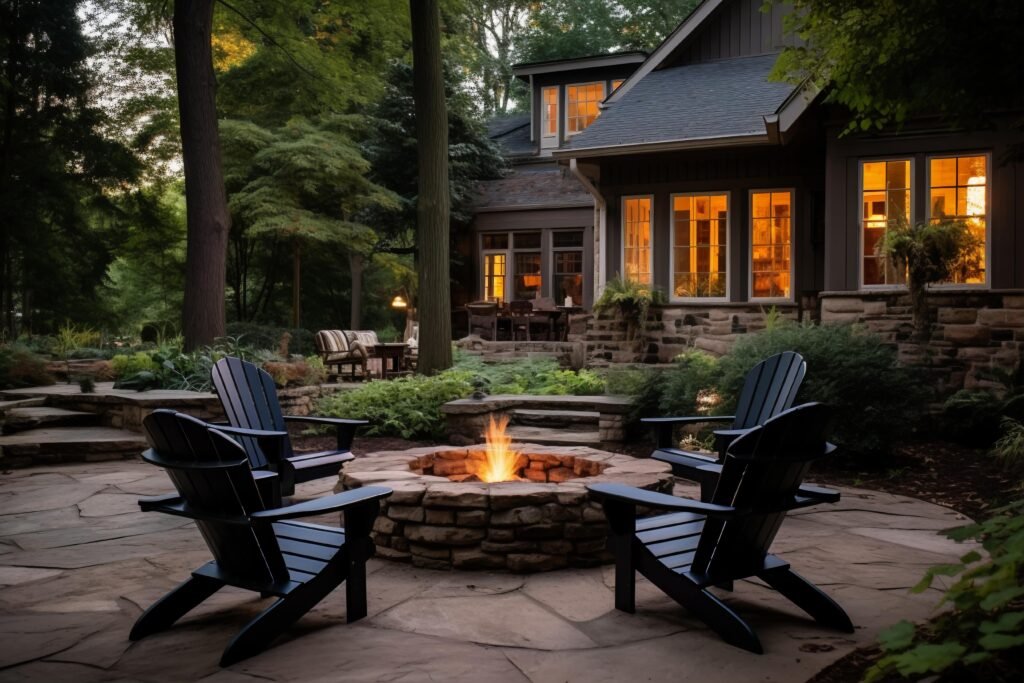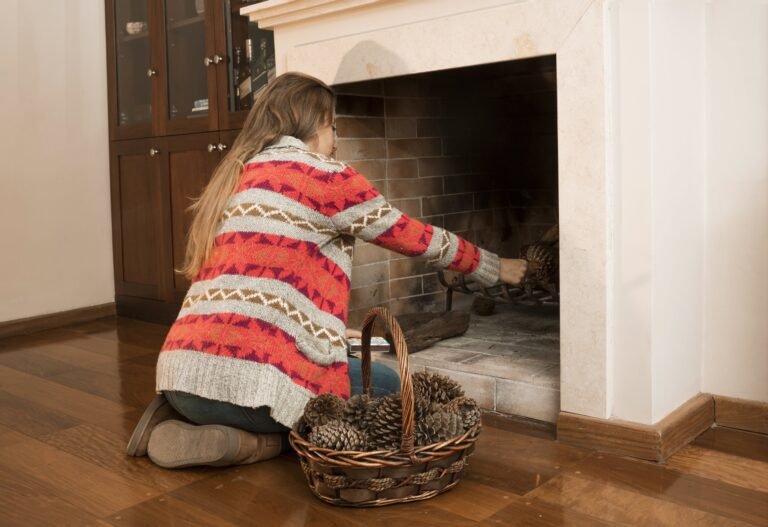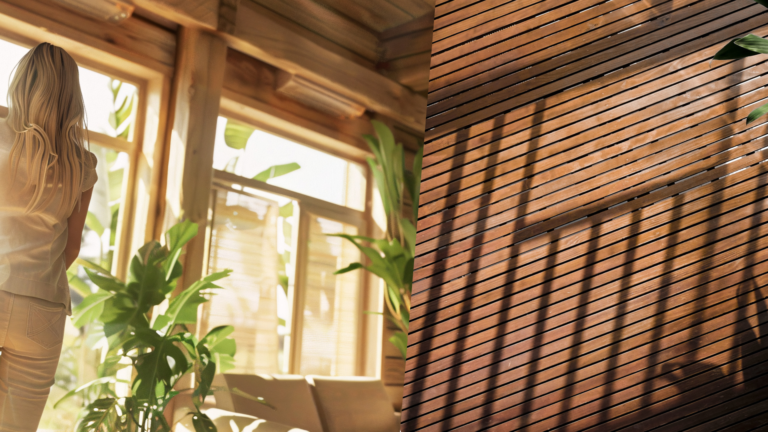10 Fresh Spring Landscaping Ideas to Transform Your Yard
As the cold disappears and the days become longer, spring brings new life everywhere, making it the ideal time to spruce up your outdoor space. This season, consider turning your yard into a lively retreat with these new landscaping ideas. Whether you’re experienced in gardening or just starting, our top ten tips for spring landscaping are here to help and inspire you to create a gorgeous, thriving outdoor area.
From adding bright flowers to changing the shape of your garden, each idea is designed to make your yard more beautiful and useful. We’ll look at how to use local plants, create inviting outdoor areas to relax, and even include fun touches that show off your unique style. Are you ready to get your hands dirty and make these ideas a reality? Let’s get started on turning your garden into not just a pretty sight, but a cozy spot for relaxation and happiness during the spring.
Go Native with Your Plant Choices
It is not a trend, rather it would be described as a responsible choice in terms of sustainability and ease of care if native plants are integrated into your landscape. Native species are adapted to the local climate and soil conditions, requiring less water, less fertilizers, and less pest control than their exotic counterparts. Maybe this spring, try some native flowers, shrubs, and trees in your landscape, not only because they provide habitat for local wildlife, birds, and pollinators, but because they give an individual a sense of place.
Start at a local nursery or with a landscaping expert to find plants that do well in your area naturally. Choose a combination of perennials those that return on their own each year—and annuals to intermix and also offer a contrast of color. An excellent selection may include wildflowers that bloom in succession, oftentimes like a chain, providing continuous interest from early spring right through to late fall. To make the setup low-maintenance, choose mainly native plants to create a much more resilient and environmentally friendly setup.
Create a Colorful Perennial Garden
A perennial garden is a gift that goes on giving, year after year. Focus on perennials this year to create a brilliant tapestry of colors that will return year after year with little other effort required for your garden. Planning a perennial garden includes choosing plants that bloom at different times in order to keep your garden a burst of color from early spring to late fall.
We’re going to start by using some of those plants that thrive in your region. What you want to look for are height, spread, and color. Plant some low-growing species like Sedum and Creeping Phlox at the edge of the bed. Coneflowers or Daylilies are a good addition to use for mid-range color groups. Finally, add height to the bed by placing delphiniums or tall ornamental grasses at the back.
Combine textures with different leaf types to add visual interest, even when plants are out of bloom. Group plants in uneven numbers for groups that have a more natural feel, and don’t forget to allow for growth over time. Each plant needs space to reach its true potential. With careful planning, your perennial garden will be an alive and visible exhibit of color catching the viewer’s eye and inviting lingering gazes all year long.
Incorporate a Water Feature
A water feature can make all the difference in changing a garden’s atmosphere into a focal point of tranquility and beauty. It is very often that the value of water features on aesthetics and experience in the garden is high be it a small fountain, a birdbath, or a more complex pond or waterfall feature.
Consider the size of your backyard and how much maintenance you are willing to perform. A smaller fountain works well in smaller areas and can be relatively easy to install and maintain. You could easily install a pond that includes a waterfall to give you the highly dramatic naturalistic element, complete with the crucial sound of flowing water.
Water features are beautiful, aesthetic, and melodic. They are going to be such that birds and butterflies will be seen in the vicinity of your yard, turning it into a lot more bustling habitat. Make sure, however, that your water feature fits beautifully into the surrounding landscape. Use natural stones, native plants, and adequate lighting to pull off unified aesthetics. Let a lovely water feature be incorporated this spring, adding in this new layer of life and movement to your yard.
Install Outdoor Lighting
By providing interest, ambiance, and security, outdoor lighting designs properly can increase the time you spend in the garden. There are plenty of lighting combinations to showcase your walkways, and the home’s architecture, and help you create intimate outdoor living spaces that host under the stars.
Safety lighting comes first: Point out places where there is a requirement to brighten them for safety reasons, such as pathways, steps, or doorways, with low-voltage landscape lighting or solar-powered lamps that would serve an effective purpose. These lights should not be too glaring to spoil the night effect. Put in some drama with a few spotlights that will focus on some features, perhaps of your trees, sculptures, or water features.
You can string up string lights or lanterns around patios, pergolas, or along fences to create a warm, festive look for gathering outdoors into the evening. These lights help to create the best warm and festive atmosphere for any occasion or for relaxing at night. With a priority toward careful placement and selection of the right fixtures, your outdoor lighting can really transform your yard into a stunning nighttime landscape, ensuring it is beautiful and functional during the day.
Build or Redefine Pathways
Well-designed pathways don’t only raise the function of your yard; they also help to guide visual flow and movement through your landscape. This spring, consider adding new pathways or redefining the old so that the transport in various places within your garden is smooth.
Use natural stone, pavers, or crushed gravel to install walkways that will fit with the rest of your landscape. Take into account the functionality and overall atmosphere you would like to establish. Smooth, flat stones can be used to create clean, basic forms; irregular, rough stones will result in a rough, rugged form.
Make those paths curvy so that little walks will be intriguing and interesting to the eye. Make them wide enough for easy rambling. Design the paths, ideally, so that there are little discoveries like a small bench tucked into a corner or maybe just a glimpse of formal water. Garden paths are much more than just functional outdoor walkway surfaces; they are also important contributors to the overall aesthetics and visual harmony of your garden.
Add a Fire Pit or Outdoor Fireplace

Outdoor fireplaces or fire pits in the backyard act as a warming and welcoming focal point. They work great for cool spring evenings. One of the warm features in landscape design doesn’t come from the aspect of temperature but because it sets up a scene for unforgettable outdoor gatherings.
Think about how much space you can afford to spare and your style of entertaining. A fire pit is a relaxed, open setting great for big parties looking to gather, roast marshmallows, or just enjoy the flickering flames. An outdoor fireplace gives a more structured and intimate setting, great for a quiet, cozy evening outdoors.
Choose materials that either coordinate or complement the rest of your outdoor space. Possible choices include stone, brick, and metal, each offering different aesthetic and functional qualities. Make sure it meets local fire safety regulations, keeping it away from flammable materials and overhanging trees.
Adding a fire pit or fireplace to your garden will extend your stay with better planning and design.
Introduce Outdoor Art
Adding art to your landscape design gives a surprising touch to the most personal of outdoor spaces. An invaluable character and focal point to every garden can come from outdoor art—be it in the form of a sculpture, mural, wind chime, or decorative stakes.
When selecting outdoor art, consider what goes well with the rest of your garden. Go for durable materials like metal, stone, or weather-resistant ceramics to withstand the elements. Position sculptures as eye-catching focal points, or use smaller pieces to create interest in less prominent parts of your garden.
Some dynamism can be added with kinetic art, like wind spinners or mobiles. Murals along fences or on garden walls can transform an otherwise blank space into a stunning backdrop. With careful curation and placement, spring landscaping projects bring an extra dimension of refinement and personal expression to your outdoor spaces.
Plant a Vegetable or Herb Garden
A vegetable or herb garden adds beauty to the landscape in a very aesthetic and practical way. Dedicate a bit of your lot to growing your own fresh produce and herbs this spring. Not only will healthy ingredients be at your fingertips, but green textures and lovely fragrances will be added to your garden.
Start with a sunny spot, as most vegetables and herbs need six hours of sunlight per day. Work in compost to ready the soil with nutrients, giving your plants all the food they need to grow. When designing your garden, think about using raised beds or containers, which make maintenance easier and help keep pests away.
Pick a range of flavorful herbs and vegetables you commonly use in cooking, like basil, cilantro, tomatoes, peppers, and lettuce. These not only taste good but also add color and variety to your garden. Plant in succession to harvest different crops throughout the season. A well-planned vegetable and herb garden will add beauty to your yard and fresh, home-grown flavors to your dining table.
Set Up a Garden Bench or Gazebo

Your outdoor space will look much cozier and more refined with a garden bench or gazebo area in the shade, where you can sit back and enjoy the beauty of your surroundings. They provide a tranquil spot in your garden to relax and entertain guests amid nature.
A strategically placed garden bench along a path or under a tree creates a simple yet effective resting spot or a quiet nook for reading or reflection. Choose materials that blend well with the natural environment, like wood or wrought iron, and consider adding cushions for extra comfort.
For those with more space, a gazebo offers a substantial structure that adds architectural interest and provides a versatile area for outdoor dining or entertaining, regardless of the weather. Position the gazebo to maximize views of your garden or surrounding landscape. Enhance its appeal with climbing plants, hanging baskets, or string lights to create a charming and inviting outdoor room.
Whether it’s a humble bench or an elegant gazebo, these additions are perfect for enjoying serene moments outside and can transform your garden into a more livable, enjoyable space.
Use Containers for Versatile Planting
Container gardening is a great way to bring interest and creativity to your garden. It makes flexibility in design easy, enabling gardening even in small spaces. Add containers to introduce spring color, form, and texture to your landscape.
Containers come in a wide array of shapes, sizes, and materials, offering unlimited potential for personalization. Classic terracotta or modern geometric designs in bright colors each container can make its own statement. This is very useful for tenants and people with small yards; the containers can easily be moved and rearranged to suit changing tastes or seasonal conditions.
Mix some perennials, annuals, and shrubs in your plant containers. You may also try thematic mini-gardens, like a collection of herbs or a tropical paradise with exotic plants. Add more visual interest by varying the height of the containers or using stands to create levels that draw the eye and make your plant arrangements stand out.
You add not only flexibility to your gardening but also a refined design element that can fit into any space. Your outdoor area will then bloom with life and color all the time.
In Conclusion
You can make your backyard a beautiful spring retreat! Here are some ideas, Plant flowers and plants that grow naturally in your area, Plant gardens with colorful flowers that bloom all year round, Add a water feature, lights, or some nice art to your yard, Plant vegetables, herbs, or plant some trees in pots and Build a pathway, fire pit, or a sitting area to relax in your yard. With a little work, your backyard can be a peaceful place to spend time this spring and all year round.
FAQs
What are native plants, and why should I use them in my yard?
Native plants are species that naturally occur in your local area. Using them in your yard helps support the local ecosystem, requires less maintenance, and ensures your garden thrives in the local climate.
How can I create a colorful perennial garden?
Select a variety of perennial plants that bloom at different times of the year. Mix in various heights, colors, and textures to keep your garden vibrant and interesting throughout the seasons.
What types of water features can I add to my yard?
You can add small fountains, birdbaths, ponds, or even waterfalls. Choose a feature that fits your space and maintenance preferences to create a soothing focal point in your garden.
Why is outdoor lighting important in landscaping?
Outdoor lighting enhances the beauty of your yard at night, improves safety, and extends the usability of your outdoor spaces. It can highlight features, illuminate pathways, and create a cozy atmosphere for evening gatherings.
What materials are best for garden pathways?
Natural stone, pavers, and crushed gravel are popular choices for garden pathways. Choose a material that complements your yard’s style and ensures durability and ease of maintenance.







